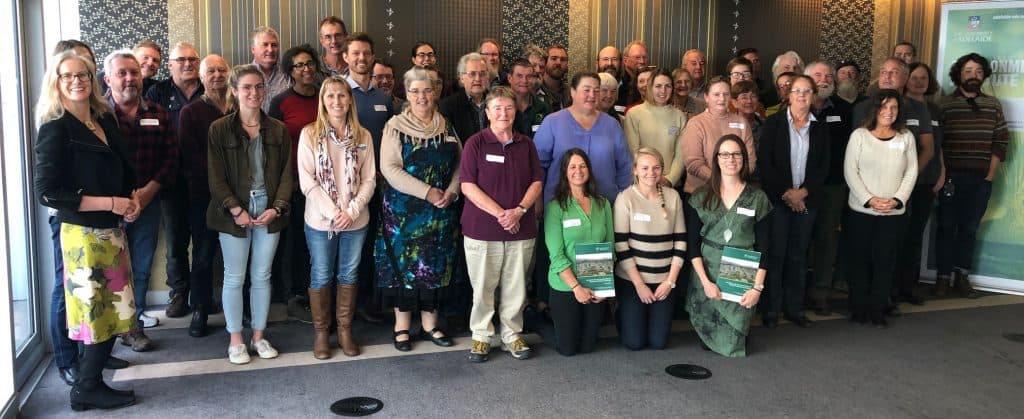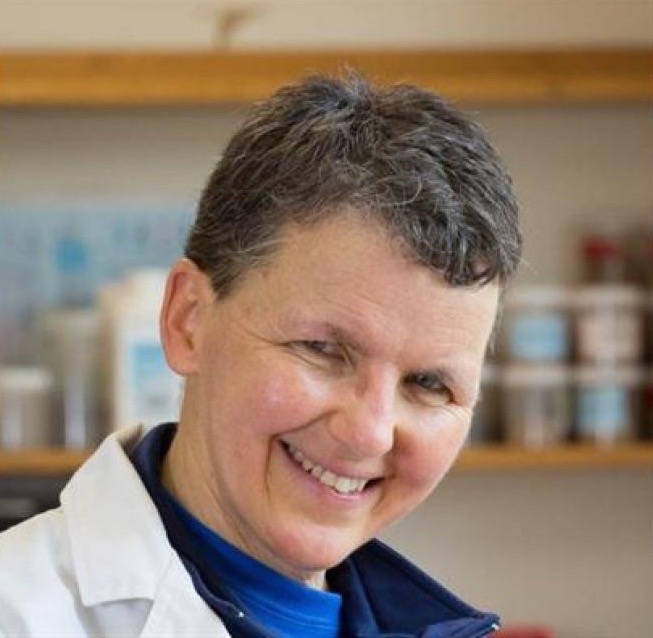BLOGS WEBSITE
Biodiverse soils … when the right kind of dirt may be good for you
Posted on February 26, 2018 by Kate Luders

Related Posts
EVENT: Professor Tim Cavagnaro speaks at Waite Research Institute Webinar Series
Reflecting on experience with soil health and goals of achieving a carbon neutral Adelaide, our Environment Institute member will be speaking to the Waite Research Institute audience. In this open seminar, Professor Tim Cavagnaro will present results from two areas of research, both of which are focused on the greater Adelaide region. Abstract: Two tales of a […]
EVENT: Botany in the Pub with National Science Week
From ancient flora to plants in space, we are living in an age of space exploration, yet it’s not just humans that are taking a leap. Plants will be critical to the survival of humans in space, as they have been on Earth for millions of years. Date: Friday 16 August Time: 6:00pm–7:30pm Location: Rob Roy Hotel, […]
SA Threatened Plant Translocation Workshop
The Environment Institute was proud to help sponsor the SA Threatened Plant Translocation Workshop held on Friday 3 May 2019 at The University of Adelaide. The event had 12 speakers presenting to 57 participants, which represent over 10 volunteer groups, two universities, landcare groups, government departments, local councils, NGOs, consultancies and a winemaker! Material in […]
Not all green spaces made the same, quality needs to be high for health benefits
An Australia-wide study of connections between environments and respiratory health, led by PhD Student Craig Liddicoat and published in Journal of Environmental Management, has found that living in the vicinity of biodiverse environments is strongly associated with a lowered incidence of respiratory disease. The paper also included Environment Institute researchers, Profs Peng Bi, Michelle Waycott, Andrew Lowe […]
Seminar: Nutrient Cycling in the Soil-Plan System Driven by Microbes and Influenced by Many Factors
Professor Petra Marschner, Soils, School of Agriculture Food & Wine at the Adelaide University will be presenting a seminar about nutrient cycling in the soil-plant systems. Professor Marschner joins us from the Waite Campus. Title: Nutrient Cycling in the Soil-Plan System Driven by Microbes and Influenced by Many Factors When: Friday, April 7, 2017 11:30am , […]
How is your revegetation project rewilding the microbiome?
After the success of ecological restoration projects around the world by University of Adelaide researchers, revegetation could be boosted using a potential new tool that monitors soil microbes. In a paper published in the journal Molecular Ecology, researchers have shown how the community of bacteria present in the soil of land that had been cleared and […]
Media Release: Microbes measure ecological restoration success
The success of ecological restoration projects around the world could be boosted using a potential new tool that monitors soil microbes. Published in the journal Molecular Ecology, University of Adelaide researchers have shown how the community of bacteria present in the soil of land that had been cleared and grazed for 100 years was returned […]
Old microbial friends key to good health
The human microbiome is increasingly being recognised as an important part of our well-being. But research is showing that our interact with microbiomes in the environment can have a huge effect on the microbiomes in our bodies. The beneficial bacteria that populate our body play a huge role in our metabolism and physiology. If the population […]
Read More:
< A new Acheulean site in Northwest Spain sheds light on the complexity of European Prehistoric settlement 200-300 thousand years ago | Tall Poppy Nominations open for 2018 >Comments are closed.








